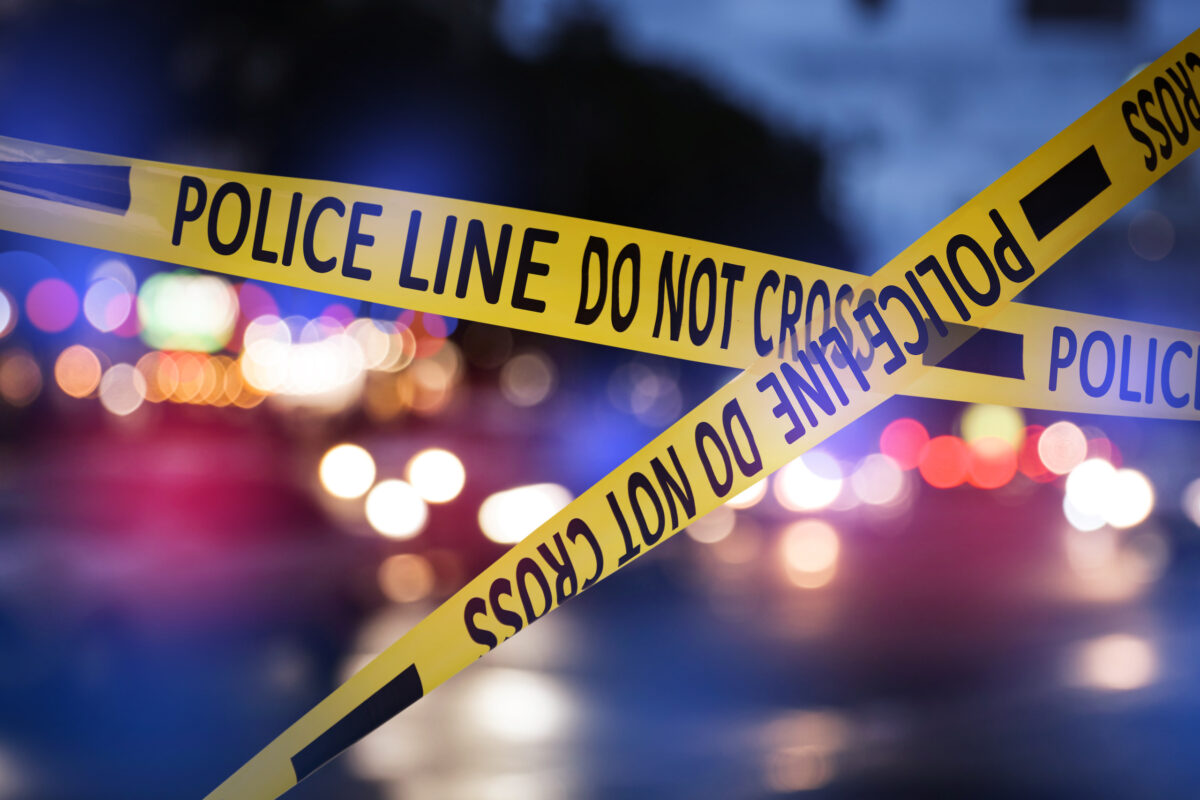Crime Scene Cleanup – When Disaster Strikes

Crime scene cleanup is a critical process that is often overlooked in the aftermath of a crime. Crime scene cleanup refers to the process of cleaning and sanitizing a crime scene after law enforcement officials have completed their investigation. Crime scene cleanup can be a dangerous and emotionally challenging task, and it requires specialized training, equipment, and expertise. In this blog post, we will discuss how the crime scene cleanup process works, including the role of law enforcement officials and professional cleanup crews.
Role of Law Enforcement Officials
The first step in the crime scene cleanup process is the investigation by law enforcement officials. Police officers, forensic investigators, and other law enforcement officials are responsible for securing the crime scene, collecting evidence, and conducting a thorough investigation. Once the investigation is complete, law enforcement officials will release the scene to the property owner or manager.
Role of Professional Cleanup Crews
Professional cleanup crews play a critical role in the crime scene cleanup process. These crews are specially trained to handle hazardous materials, including blood, bodily fluids, and other biohazards. The cleanup crew is responsible for thoroughly cleaning and sanitizing the crime scene to ensure that all biohazards are removed and that the area is safe for use. They also work to deodorize the area to eliminate any lingering odors.
The Crime Scene Cleanup Process
The crime scene cleanup process typically begins with an assessment of the scene. The cleanup crew will evaluate the extent of the damage and the level of contamination to determine what equipment and cleaning supplies will be needed. They will also assess any potential hazards, such as structural damage or electrical hazards, to ensure that the cleanup can be conducted safely.
The next step is to remove any hazardous materials, including blood, bodily fluids, and other biohazards. The cleanup crew will use specialized equipment, including personal protective equipment (PPE), to remove and dispose of these materials safely. They will also use cleaning agents and sanitizers to clean and decontaminate the area.
Once the area has been cleaned and sanitized, the cleanup crew will begin the deodorization process. This involves removing any lingering odors from the crime scene to ensure that the area is safe for use. This may involve using specialized equipment, such as ozone generators or air scrubbers, to remove odors.
The final step in the crime scene cleanup process is the disposal of any hazardous materials. The cleanup crew will carefully package and label all hazardous materials, including biohazards and other hazardous materials, to ensure that they are disposed of safely and in compliance with local regulations.
Collaboration with Law Enforcement Officials
Professional cleanup crews work closely with law enforcement officials to ensure that the crime scene cleanup process is conducted safely and in compliance with local regulations. They will coordinate with law enforcement officials to ensure that the scene is released for cleanup as soon as possible and to ensure that the cleanup does not interfere with the ongoing investigation. Cleanup crews will also document the cleanup process and provide a detailed report to law enforcement officials for their records.
Conclusion
Crime scene cleanup is a critical process that requires specialized training, equipment, and expertise. The crime scene cleanup process typically begins with an assessment of the scene, followed by the removal of any hazardous materials, cleaning and sanitizing the area, and deodorizing the space. Professional cleanup crews work closely with law enforcement officials to ensure that the cleanup is conducted safely and in compliance with local regulations. Crime scene cleanup can be a challenging task, but it is an essential part of ensuring that crime scenes are cleaned and sanitized and the area is safe for use.
